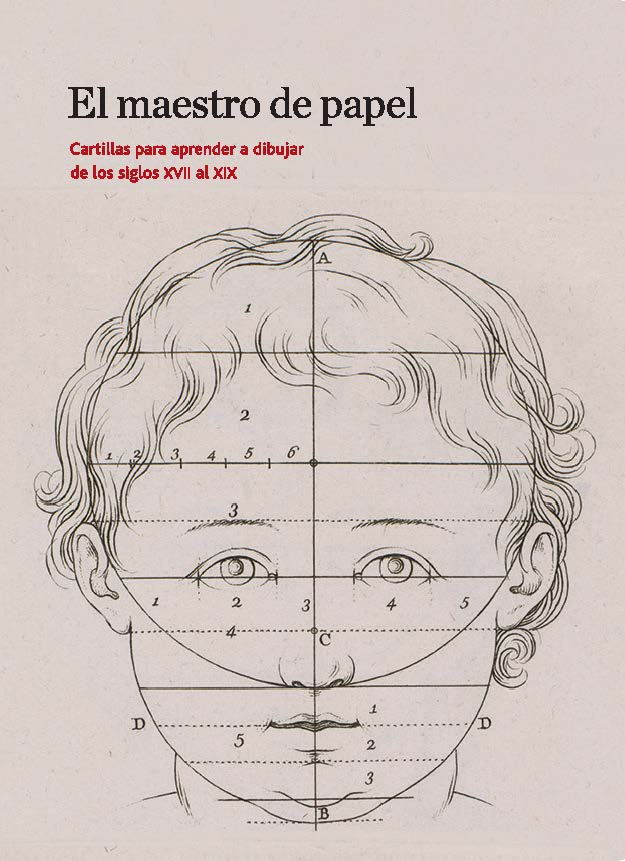Author
José Manuel Matilla, Ana Hernández Pugh y María Luisa Cuenca (eds.)
with the collaboration of Luis Zolle
Characteristics
408 pages; 175 color illustrations; paperback; 17 x 23 cm
Publication
Spanish; published by the CEEH and Museo Nacional del Prado; 2019
ISBN
978-84-15245-86-5
Price
€43,27
Buy on our site and save 5% on this book until April 30
(coupon code: DÍA DEL LIBRO)
Early seventeenth-century Europe saw the emergence of drawing primers, educational materials that revolutionised the traditional methods of teaching this discipline as they enabled artists, amateurs and individuals to progress without the guidance of a teacher, especially in depicting the human body. Their main novelty lay in their use of prints: by directly and repeatedly copying schematisations, proportions or contour lines and shading, students learned a particular method, manner and style, memorising their gestures and improving their skills.
The exhibition which this catalogue accompanies highlights Spanish examples from the seventeenth to the nineteenth centuries and sets them in the European context. Although they are few in number, they are particularly interesting as they were notable from the outset for their distinctively Spanish, and sometimes novel, nature. Together with artists such as Villafranca, García Hidalgo and López Enguídanos, a prominent name is Ribera, who by 1622 had already begun printing what looked as though it was going to be his own primer, which was not published until decades later.
José Manuel Matilla is head of the Department of Drawings and Prints at the Museo Nacional del Prado, where he designed the comprehensive program for the acquisition, study, publication, and exhibition of Francisco de Goya’s series of prints, which resulted in the exhibitions devoted to the Disparates (1999), Caprichos (1999–2000), Disasters of War (2001) and Tauromaquia (2002–3). He has curated the exhibitions Alonso Cano. Dibujos (2001), Imágenes del Quijote. Modelos de representación en las ediciones de los siglos XVII a XIX (2003), El Grafoscopio. Un siglo de miradas al Museo del Prado (1819–1920) and De Miguel Ángel a Annibale Carracci. Un siglo de dibujos italianos en el Museo del Prado (both in 2004), and Durero. Obras maestras de la Albertina (2005).
María Luisa Cuenca worked at the Biblioteca Nacional de España from 1990 to 2012, initially in the department of Drawings and Prints, where she was one of the curators of the show Mariano Fortuny Marsal, Mariano Fortuny Madrazo (1994) and contributed to various catalogues. She was subsequently responsible for organising exhibitions and cultural activities. She was director-general of Libraries, Archives and Museums at Madrid city council and is currently head of the Library, Archives and Documentation at the Museo del Prado, where she is in charge of managing and disseminating the historic book holdings.
Ana Hernández Pugh holds a degree in Art History from the Universidad CEU San Pablo in Madrid, where she won an extraordinary end of degree award. She also has a master’s in Advanced Museum and Art Historical Heritage Studies from the Universidad Complutense in Madrid and a diploma in Applied Photography from International College of Professional Photography in Melbourne. Different scholarships allowed her to further her training at the Biblioteca Nacional de España and the Museo Nacional del Prado.

